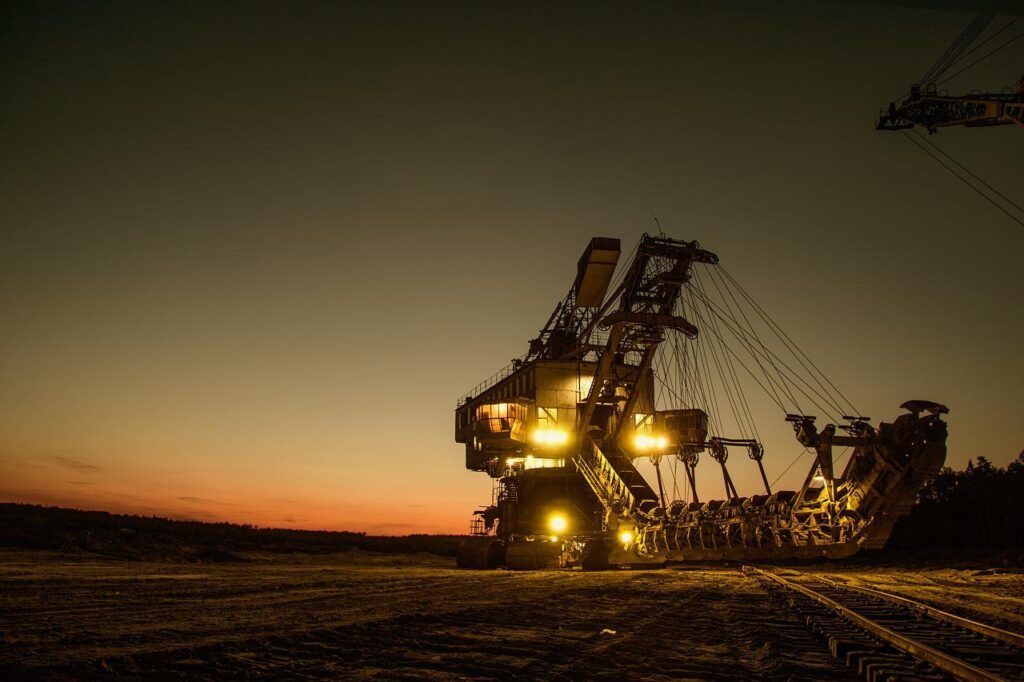New Partners
Our partners Fortuna Silver Mines Inc. has announced that the first gold has been poured at the Séguéla Mine, in Côte d’Ivoire. The first pour took place on May 24, as the mine transitions from commissioning to the ramp-up phase.
Jorge A. Ganoza, CEO of Fortuna, commented: “Séguéla has produced its first gold, becoming Fortuna’s fifth operating mine. The team at Séguéla has performed phenomenally and delivered on-time and on-budget, a testament to their professionalism and dedication in bringing this asset from exploration to production. Mr. Ganoza continued, “Séguéla now enters into the ramp-up phase where management plans to achieve nominal rate of production during the third quarter. Séguéla will be a cornerstone asset in Fortuna’s portfolio for years to come, and we look forward to unlocking the value it brings to all of our stakeholders.”
The Séguéla Mine is expected to produce between 60 000 to 75 000 oz of gold in 2023 at an all-in sustaining cost of between US$880 and $1080 per oz.
New Investments
“Namibia is easy stock. I can tell you that Namibia’s a very happy place for our money. I can’t say enough good things about being invested in Namibia and Namibia’s geology is absolutely fascinating, the Erongo region in particular,” this was said in the conference in Eringo chaired by mining luminary Bernard Swanepoel.
Erongo is one of the 14 regions of Namibia. Its capital, Swakopmund, is named after Mount Erongo, a well-known landmark in Namibia and in this area. Erongo contains the municipalities of Walvis Bay, Swakopmund, Henties Bay and Omaruru, as well as the towns Arandis, Karibib and Usakos.

“You’ve got these pegmatite belts, which are not uncommon. But these pegmatite belts are quite unique in Namibia in that they run for hundreds of kilometres, east and west, and they swarm all the way up and down the coast,” Viljoen told the Indaba covered by Mining Weekly.
Usually pegmatite belts pinch out after a couple of hundred metres to a kilometre.
“But Namibia’s are just incredibly long and incredibly thick, hundreds of metres thick. When we picked up the licences, we picked up the old licence areas because there was a lot of geological data and the biggest of those old mining areas was the old Uis tin mine, that was once an Iscor asset.”
Iscor was formerly South Africa’s State-owned steelmaking enterprise that was unbundled and sold.
There was a huge amount of data that allowed Andrada, formerly AfriTin, to get stuck in.
What the old-timers would do is they would follow the pegmatite belts, find where they outcropped and open a pit.
As they mined over 12 historic pits, Andrada had the benefit of that historic reserve. It did a confirmatory drilling programme concurrent with developing the plant and at the biggest of the historic pits, it did down dip extensions, to find that the orebody was 70% bigger than had been historically declared.
The company also tested for a variety of different elements that are typically within pegmatite and what it found was that associated with one of the biggest tin deposits by inventory size was also one of the biggest lithium deposits.
It still has another 900 holes to confirm, which were displayed on a satellite image.
“Where this becomes just so fantastically huge for us is that all those orange marks on the satellite image are pegmatite. We’ve got another 180 outcropping pegmatites within our licence area. The extent of our mineralisation is huge,” said Viljoen.
Andrada has gone into production on a shoestring with the help of South African engineers and has embarked on an expansion project to increase capacity and become a polymetallic producer of lithium, tin and tantalum.
“But by far amongst everything we’re doing, lithium is really taking centre stage,” said Viljoen.
Steps are now being taken to sell the lithium concentrate being produced into industrial and chemical markets.

